Completed Projects
Visual Type
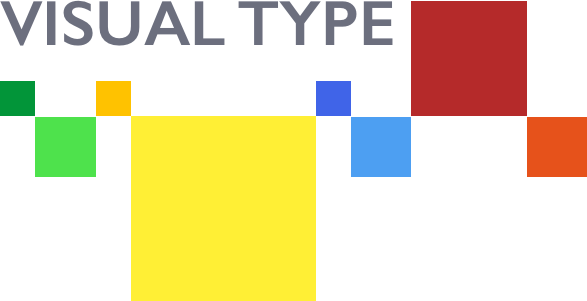
A clear and easy-to-grasp way to understand the basics of C.G. Jung’s theory of how people take in information and make decisions
The goal of Visual Type was to create a way for individuals who were not experts to quickly understand Jung’s ideas about how our mental makeup influences what gives us energy, what information attracts our attention, and what we focus on once we have obtained that information.
Superpowers
A fast and powerful way to understand a person’s strengths and gifts in relation to how they gather information and make decisions from Jungian Cognitive Functions
The goal of the mental Superpower was to help people start appreciating their gifts. When an individual finds it fast and easy to do something, it is natural to believe that everyone must find it easy and therefore the talent wasn’t special or valuable. We wanted to help people focus on the talents and strengths they bring to their lives, their work and in working with others. There are eight mental superpowers, one for each of the eight Jungian functions displayed in Visual Type.
Your dominant function is that function which typically develops early, gets lots of use and far exceeds the capabilities of others who haven’t developed that function. In Visual Type, it will the largest box. As a result, to others with a different dominant function, it looks like you have a kind of “superpower”.
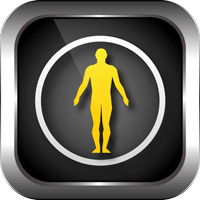
Hyper Senses
Extraverted Sensing – Se
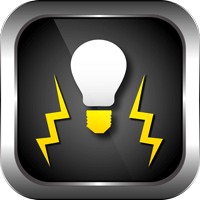
Energized Webs
Extraverted Intuition – Ne

Power Marshaling
Extraverted Thinking – Te
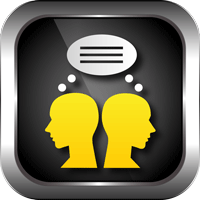
Social Telepathy
Extraverted Feeling – Fe

Total Recall
Introverted Sensing – Si
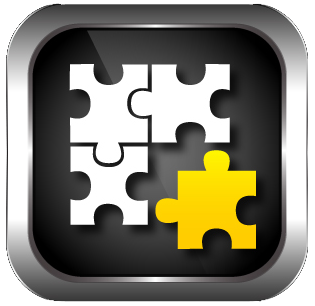
Super Realization
Introverted Intuition – Ni
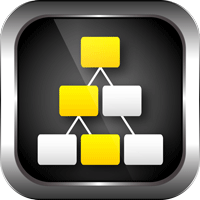
Super Analyzing
Introverted Thinking – Ti
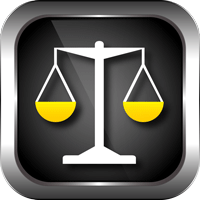
Courageous Harmonizing
Introverted Feeling – Fi
Active Research & Development Projects
Comparing verified results to multiple model results
We are continually refining and improving our best-fit process analytics to increase accuracy.
We are specifically comparing clients’ final verified results with how they did on various activities across multiple psychological models.
We are applying statistical models to find connections between the models, an individual’s responses on specific activities and their final verified results.
Assessment accuracy validation and improvements
We are continually refining and improving our best-fit process to increase accuracy.
We are specifically analyzing the effect of various differences in the best-fit process on the accuracy of our estimates. Several examples include:
- Ranking Activities vs Forced Choice vs Likert Questions
- Tournament Choice vs Forced Choice vs Likert Questions
- Swiping Activities vs Forced Choice vs Likert Questions
- Personalized Text vs Impersonal Text vs First Person Text
Learning gained by doing activity-based assessments
Part of the purpose of using direct model-based activities instead of traditional “symptom” based questions is to educate an individual going through the process on what kind of models are available and how they apply to life.
We want to investigate how much learning about the models and their applicability was gained and retained from doing the activities.
Interested in Doing Research & Development With Us?
Stay Updated With Our Research & Development
Just add your email and hit subscribe to stay informed.
